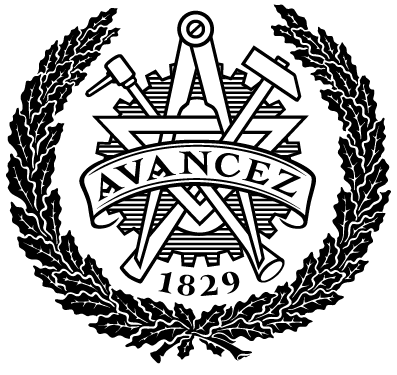Streamlining APQP and PPAP for Enhanced Supplier Quality - A Capability-Based Case Study at a Global OEM
Publicerad
Författare
Typ
Examensarbete för masterexamen
Master's Thesis
Master's Thesis
Modellbyggare
Tidskriftstitel
ISSN
Volymtitel
Utgivare
Sammanfattning
In the dynamic market of Original Equipment Manufacturers (OEMs), maintaining customer satisfaction while attracting new business depends on the consistent delivery of high-quality products. As OEMs rely on suppliers for critical components, ensuring supplier compliance with specifications and performance expectations is essential. To support this, industry-standard frameworks such as Advanced Product Quality Planning (APQP) and the Production Part Approval Process (PPAP) developed by Automotive Industry Action Group (AIAG), are used to guide collaboration, reduce risk, and validate quality throughout the product development lifecycle.
This thesis investigates how APQP and PPAP are applied at a global OEM and identifies organizational and procedural challenges affecting their use. Using the Capability Maturity Model Integration (CMMI) framework, the study assesses current practices, identifies key gaps, and proposes targeted actions to improve process maturity. The research is based on interviews with internal stakeholders across SQM, R&D, procurement, logistics, and digital, supported by internal documentation and key informants.
The findings highlight challenges such as fragmented task ownership, inconsistent system usage, limited cross-functional involvement, and gaps in training and supplier integration. To address these, the study outlines short- and long-term actions including clearer role definitions, improved digital alignment, and formalized training routines.
The thesis contributes to quality and operations management by demonstrating how maturity models like CMMI can support structured improvement of APQP and PPAP in complex, cross-functional environments.
Beskrivning
Ämne/nyckelord
APQP, PPAP, CMMI, Organizational standardization, Quality planning, OEM case study
